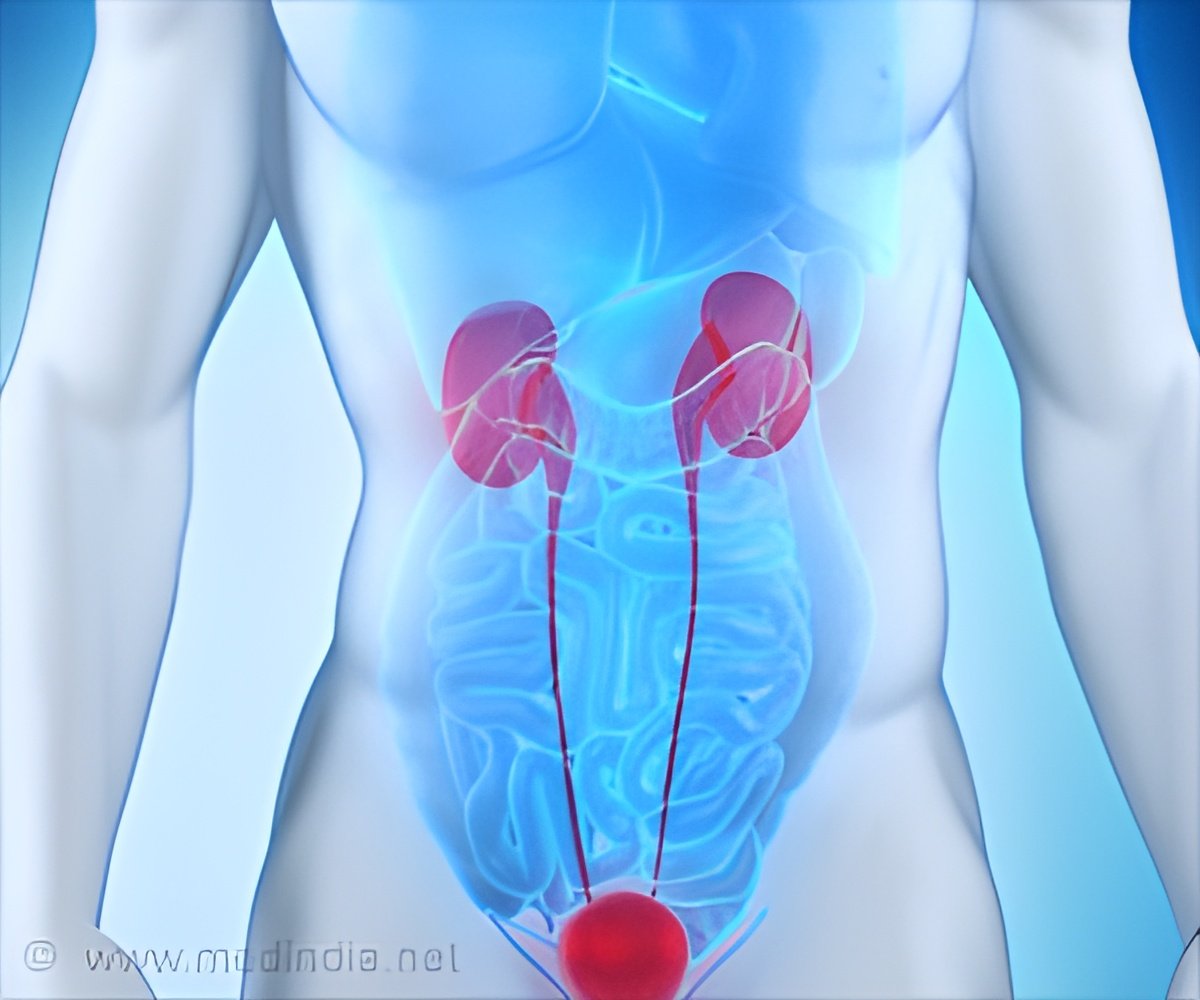
The potential link between kidney disease and perfluoroalkyl substances (PFAS) involves disturbance of the gut microbiota, which consists of bacteria and other microbes in the digestive tract.
PFAS are artificial chemicals used in various goods, from food packaging to furniture. They are frequently referred to as “forever chemicals” because they take a very long time to decompose once they have accumulated in the environment or the human body.
Risk of PFAS Exposure
The group of chemicals is known to increase the risk of several health problems, including cardiovascular disease, cancer, and chronic kidney disease. Still, the biochemical mechanisms underlying this risk are poorly understood.
“Nearly everyone has PFAS in their blood, and these chemicals are associated with a number of negative health effects. But we don’t have any known interventions to reduce PFAS in the body, so we can’t actually provide recommendations to help,” said Hailey Hampson, PhD.
Findings from the research connects the dots between that problem and potential solutions. Building on past studies that link kidney damage to both PFAS and gut problems, the research team analyzed the three factors together for the first time.
They found that increased PFAS exposure was associated with worse kidney function four years later, and that changes in the gut microbiome and related metabolites explained up to 50% of that decrease in function. The results were just published in the journal Science of the Total Environment (1✔ ✔Trusted Source
Diverse mechanisms by which chemical pollutant exposure alters gut microbiota metabolism and inflammation
).
The findings, which add to other Keck School of Medicine studies of PFAS, including longitudinal research, offer early clues about how to protect the kidneys from PFAS-related damage.
Advertisement
“Our findings are an important piece of the puzzle about the many different health risks of PFAS, which can provide policymakers with information that helps them develop policies to protect the public from exposure to these chemicals,” said Jesse A. Goodrich, PhD, an assistant professor at Keck School of Medicine.
Kidney Function Decline in PFAS Exposed Patients
The researchers analyzed data from 78 participants, ages 17 to 22, enrolled in the Southern California Children’s Health Study, a large-scale longitudinal effort to understand the effects of pollution on health. Fifty-six percent of the sample was Hispanic, a group that faces an outsized risk for chronic kidney disease.
Advertisement
At baseline, the researchers collected blood and stool samples that allowed them to measure PFAS exposure, gut microbiome bacteria and circulating metabolites (these metabolites, many of which are produced by the gut microbiome, are present in the blood). At a follow-up appointment four years later, the researchers collected a second round of data on kidney function.
They found that when PFAS exposure increased by one standard deviation, kidney function was 2.4% worse at the follow-up visit. The researchers then performed a statistical analysis to determine whether a third factor—gut bacteria and related metabolites—contributed to that association.
The analysis revealed two separate groups of bacteria and metabolites that helped explain the effect of PFAS exposure on kidney function. One group explained 38% of the change in kidney function, and one group explained 50% of the change. Both groups of bacteria and metabolites performed beneficial activities, such as lowering inflammation in the body, that were hindered when PFAS exposure went up.
“We saw that exposure to PFAS was potentially altering the composition of the microbiome, associated with lower levels of beneficial bacteria and lower anti-inflammatory metabolites,” Hampson said.
The findings provide a roadmap for researchers seeking to better understand the link between PFAS and kidney health. Hampson and her colleagues observed reductions in anti-inflammatory metabolites, as well as the bacteria that produce them, and increases in inflammatory metabolites.
“This points to inflammation and oxidative stress as a potential mechanism, so that’s an area where future research can focus,” she said.
One limitation of the study is its small sample size. Larger studies are needed to determine whether and how the findings can be used to protect against PFAS-induced kidney damage, Goodrich said.
Next, the research team will move beyond measuring metabolites in the blood to detecting their presence in specific body tissues, including in the kidneys.
Reference:
- Diverse mechanisms by which chemical pollutant exposure alters gut microbiota metabolism and inflammation – (https:www.sciencedirect.com/science/article/pii/S016041202400391X)
Source-Eurekalert



